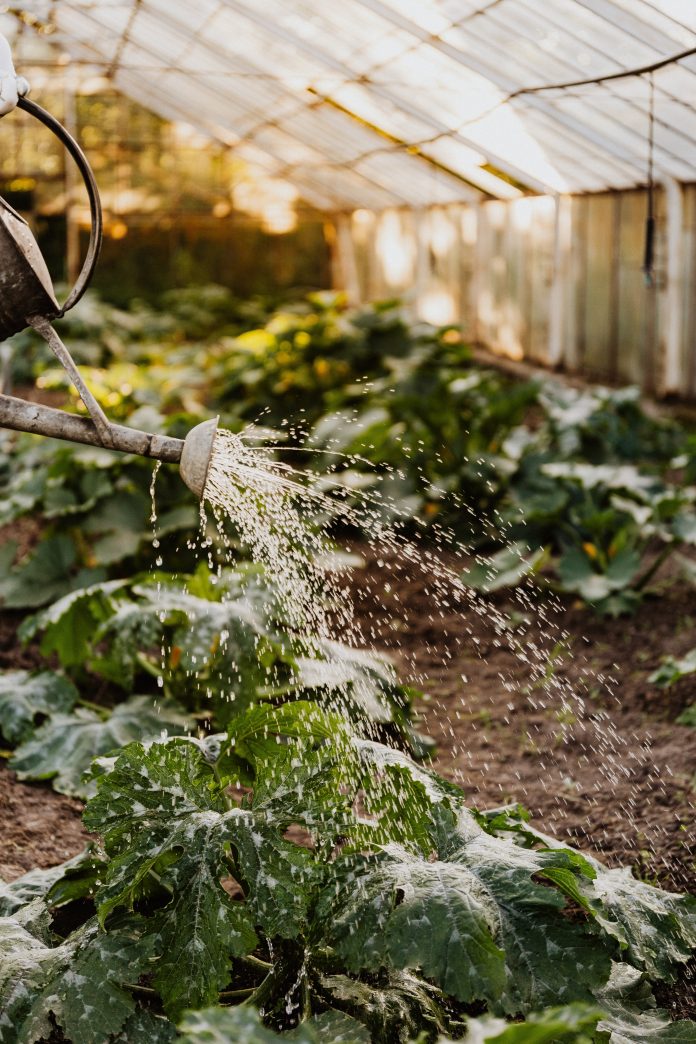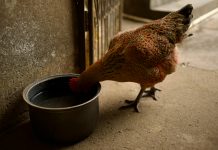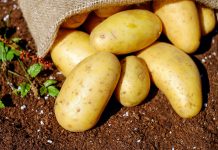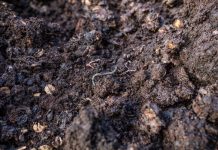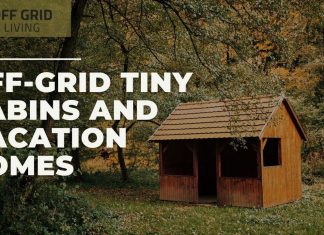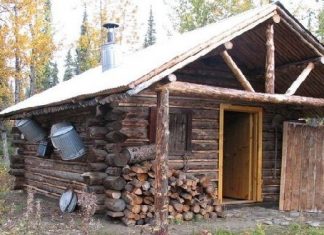If you live off the grid or are looking to move toward a more self-sustaining lifestyle, your path will undoubtedly involve some form of agricultural practice.
Understanding the basics of horticulture and agriculture can be an essential part of living close to nature and providing for yourself.
Whether it’s growing fruits, vegetables, flowers, grains, or livestock – a proper understanding of best practices and principles is key to achieving success in sustainable farming or gardening.
In this blog post, we’ll explore what horticulture and agriculture are all about – including tools & techniques you need to know along the way!
Overview of Horticulture and Agriculture
Horticulture and agriculture are two distinct but closely related industries. Horticulture is the science of growing plants and includes off-grid homestead farming, greenhouse production, and the protection of crop ecosystems.
Agriculture on the other hand involves the cultivation, harvest, storage, and marketing of crops. It prioritizes efficient production techniques to maximize output with an emphasis on sustainable practices that support farmers for years to come.
Both sectors are vitally important for economic stability as well as providing a source of healthy food for our world’s growing population.
Benefits of Growing Your Food
Growing your own food is a great way to off-grid living and homesteading sustainably. Not only does it provide countless health benefits, such as access to fresh, nutrient-dense produce, but it can also help you become more self-sufficient.
By growing things like fruits, vegetables, herbs, and nuts at home, you can reduce your dependence on supermarkets and other sources of food – thus reducing the environmental impact of large-scale agriculture.
Furthermore, growing your food is gratifying as it enables you to create something from practically nothing and reap the rewards of working with nature.
Different Types of Plants Suitable for Home Gardening
Home gardening is an incredibly beneficial and sustainable food source, and there is a plethora of plants that can be grown from the comfort of your own home.
Depending on the space available to you, different types of plants suitable for home gardening could include fruit trees, such as peach or apple trees, perennial vegetables like asparagus and artichoke, or herbs such as basil and rosemary. What’s more, the joy of seeing an apple tree grow and mature in your own garden is immensely rewarding. It’s a testament to your care and patience, and the return is a bountiful supply of delicious apples. Take care of your trees properly with services from Tree Surgeons. Why not start your journey with an apple tree from Blackmoor?
In addition, smaller plants such as begonias, coleus, and hydrangeas can be potted inside your home by a sunny window site or even grown hung from baskets.
No matter the size of your garden there is always a wide variety of plants that you can cultivate and sustain yourself.
Tips for Starting an Organic Vegetable Garden
Starting an organic vegetable garden is a great way to save money in the long term, get access to fresh and delicious produce, and know exactly where your food is coming from.
With a few tips and tricks, you can get started on your organic vegetable garden journey! First, begin by researching the type of vegetables you’d like to grow to determine the best soil mix for them.
Next, secure some containers or create a plot on which to plant your vegetables; raised beds are ideal for growing organic vegetables.
Make sure to consistently water your plants properly and avoid utilizing chemical fertilizers. Finally, you’ll want to make sure that weeds are carefully removed while still paying attention not to disturb important roots.
Follow these steps and take care of your plants and with time you’ll be enjoying the fruits of your labor!
Tools Necessary for Indoor and Outdoor Gardening
Gardening can be done both indoors and outdoors, but the particular tools you’ll need depend on the environment. For outdoor gardening, rugged hand tools are a must.
These include trowels, pruners, hoes, and rakes. Power tools such as lawnmowers and edgers may also come in handy.
Need to dig deep into the soil? A clamshell digger should do the trick! Indoor gardening requires different types of equipment since much of it is done in containers.
For starters, you’ll want quality pots with good drainage beneath them to avoid root rot. Other needs include plant tags, fertilizers for lawn care fertilization, and soils that are specially formulated for indoor use. You can have lawn care professionals help you at first, and learn the basics from them as time goes on.
Additionally, if you’re starting from seed or buying Nursery wholesale products from a nursery, moisture-filled trays will allow seeds to germinate comfortably before planting out in their final destination.
When properly equipped, anyone — no matter where they live — can become an urban or suburban gardener!
Resources to Help You Get Started with Horticulture and Agriculture
If you’re looking to get started in horticulture and agriculture, there are many resources available to help you learn.
From online classes offered by major universities to information available through local agents and experts, knowledge is abundant at your fingertips.
Books on the subject can provide a comprehensive understanding of the fundamentals of botany, plant propagation, and general care requirements.
Youtube tutorials can give visual references when it comes to more specific practices such as pruning, trellising, and more.
Of course, discussing with fellow gardeners or farmers can be a great way to access tailored advice on virtually any growing-related activity.
With just a little bit of research and preparation, you’ll have everything you need for a successful horticulture or agricultural journey.
In conclusion, horticulture and agriculture offer many opportunities for individuals and families to grow their food. Getting started can seem daunting at first, but with the abundance of resources available, a successful garden is definitely achievable.
By researching different types of plants, tools needed for gardening, and outdoor/indoor tips, beginners can create thriving gardens filled with colorful flowers and delicious vegetables. As long as one takes care to select seeds or seedlings adapted to their climate, they will enjoy countless hours in the garden while tending their plants.
With patience and dedication, anyone can become an expert in sustainable horticulture or agriculture – it all starts with taking that first step!


